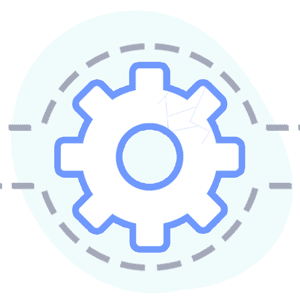Short "Webinette" (Plus Q&A): How to Transmit Workers' Comp e-Bills

If you’re paying to send workers’ comp bills electronically…are you actually getting what you’re paying for?
Too often, clearinghouses and software vendors simply print and mail a large percentage of workers’ comp “e-bills.”
That means the doctor isn’t really paying for electronic billing — in effect, they’re just overpaying for postage (and guaranteeing endless duplicate bill chaos).
Learn how e-bills actually make it to the payer with our 15-minute “webinette” (like a webinar, but shorter and presumably cuter) followed by Q&A, available to watch now in our webinar library.
In record time, we’ll show you exactly how workers’ comp e-bills should be routed to guarantee the fastest delivery and payment. And most importantly, you’ll learn how to stop the payment chaos.
Workers’ Comp e-Billing 101
The number one concern holding practices back from adopting e-billing for workers’ comp is fear that e-bills won’t get where they are supposed to go for payment.
Depending on how you deliver your e-bills, that’s a (verifiably) reasonable fear.
Billing and payment work very differently for workers’ comp than for Medicare or private group health insurance. Because of this, the actual journey of a workers’ comp e-bill doesn’t look like that of its Medicare or group health counterparts.
To reach its ultimate destination, an e-bill for the treatment of an injured worker must take a very specific route — and the route is different depending on the claims administrator and third-party vendors the claims administrator hired to accept and process your e-bills.
It gets complicated. It gets messy. And a shocking amount of e-bills are misrouted, rerouted, and ultimately dropped to paper form — negating the whole reason you paid for e-billing.
daisyBill understands workers’ comp e-bill transmission better than most — and you can too, in just 15 minutes.
daisyBill makes workers’ comp billing easier, faster, and less costly. Request a free demonstration below.
REQUEST DEMO
DaisyBill provides content as an insightful service to its readers and clients. It does not offer legal advice and cannot guarantee the accuracy or suitability of its content for a particular purpose.




.png)
.gif)